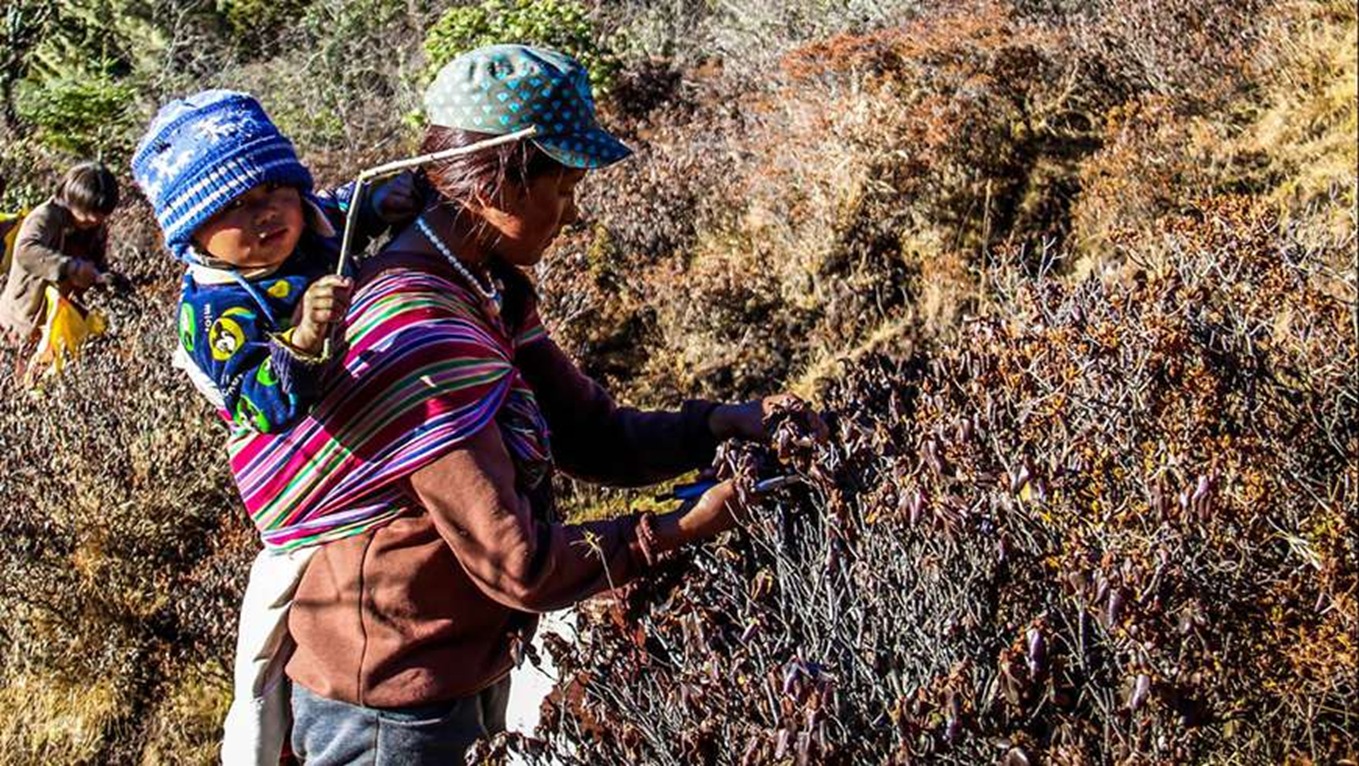Located in the eastern Himalayas, Bhutan is a serene and exotic country, famous for its stunning nature and rich cultural legacy. In addition to being one of the world’s most beautiful countries, this destination is also enduringly committed to protecting its environment. The conservation of natural habitats has been an important achievement by the kingdom which hosts several endangered species. To experience Bhutan’s eco-conservation efforts, a visitor can take up one of those Bhutan vacations that offer an exclusive insight into the various ecosystems within this environmentally friendly country.
Bhutan boasts a staggering diversity of life forms; boasting more than 5,600 plant varieties among them are over 200 species of mammals and around 770 species of birds. They include tropical forests through to high altitude alpine meadows found here hosting some of the planet’s most threatened creatures such as Bengal tigers, snow leopards, red pandas and elusive Bhutan takins. These kinds exist well under typical care provided at various Bhutan wildlife sanctuaries spread across it. However, rapid development activities, deforestation as well as climate change remain as serious threats that may lead to extinction hence making it important for Bhutan’s preservation policies.
Conservation Initiatives in Bhutan
Using modern practices that blend with traditional foundations, Bhutan has been internationally recognized for its conservation methods. There have been several landmark government initiatives aimed at securing some endangered animals while leaving natural heritage intact. Among these include setting up protected areas that cover above 51% of its entire land area as one crucial step taken. These are national parks and reserves including corridors which play significant roles in maintaining ecological balance plus providing safe refuges to wildlife.
Bhutan’s Traditional Medicine plays a critical role in these conservation efforts, as many medicinal plants used in this ancient practice are found within these protected areas, ensuring their sustainable use and preservation. Royal Manas National Park is one example: it is one amongst the oldest and biologically richest parks having an array of residents such as tigers, elephants, and golden langur, which are rare elsewhere in the world. Jigme Dorji National Park, on the other hand, which is the second largest within the country, harbors flagship species including the snow leopard, black bear, and blue sheep. Moreover, these areas do not only act as homes for endangered animals but also ensure that Bhutan’s Traditional Medicine remains rooted in the natural landscapes that are carefully preserved.
Gross National Happiness: A Unique Approach to Conservation
The conservation policy in Bhutan is closely linked to its special development ideology called Gross National Happiness (GNH). Instead of measuring progress by indicators like Gross Domestic Product (GDP), GNH stresses on ecological well-being, cultural preservation, and sustainable development. This has considerably shaped the country’s environmental policies so that economic growth does not conflict with nature.
To this end, Bhutan under the GNH framework has taken notable steps towards integrating environmental conservation within national planning processes. It is mandated by its constitution that 60% of land must always be covered with forests. Such constitutional safeguarding as well as strict environmental regulations have helped it retain status of one of the world’s few carbon-negative countries whereby it emits less carbon dioxide than absorbed.
Involvement of a Community in Conservation Endeavors
Conservation is not just the duty of the government in Bhutan but rather, it’s a team effort that includes local communities all over the country. Several community- based conservation programs have been initiated by the government to involve residents in protecting their natural environment. Such initiatives aim at empowering societies through provision of essential tools, knowledge and resources necessary for proper management of natural resources.
One such initiative is the Snow Leopard Conservation Program involving yak herders from the high altitude regions in Bhutan. These herders are instrumental in monitoring and protecting snow leopard habitats as well as benefiting from alternative livelihoods reducing their dependence on traditional livestock rearing. Similarly, farmers participate in wildlife friendly agricultural practices which minimize conflicts between humans and wildlife protecting Bengal tiger habitats in lowland regions.
These programs achieve long term sustainability by creating a sense of ownership among local people. Through this process, Bhutan not only conserves its endangered species but also promotes the well being of its citizens, hence Gross National Happiness.
Issues Affecting Conservation Efforts in Bhutan
Regardless of its commendable works on conservation matters, there are challenges that have continued to threaten other species’ existence within Bhutan. The problem here comes with human-wildlife conflict especially where rural folks opt to live near wild animals most cases; thus leading to crop depredation by wild animals and livestock predation by carnivores that compete for natural resources ending up into conflicts resulting in retaliatory killings targeting endangered species.
Poaching and illegal trade are yet other major threats to Bhutan’s biological diversity. Even though anti-poaching laws with strong enforcement mechanisms exist, there is still high demand for tiger bones, leopard pelts or bear bile due to illegal markets across neighboring countries. This involves close collaboration between governments through regional organizations like Tarayana Foundation , International Centre for Integrated Mountain Development (ICIMOD), etc.
Climate change poses a long-term threat to Bhutan’s biodiversity. As temperature increases and weather patterns become unpredictable, the delicate balance of Bhutan’s ecosystems is disrupted. Glacial melt, changing monsoon patterns and increased frequency of extreme weather events are altering habitats leading to additional stress on already threatened species.
Traditional Medicine in Bhutan and its Role in Conservation
Sowa Rigpa has been practiced for several centuries as a part of the healthcare system in Bhutan which still remains the same today. This practice heavily relies on medicinal plants and herbs found within forests of Bhutan. Thus, it is essential to conserve these plants not only to preserve biodiversity but also to continue with traditional medicine practices.
To ensure survival of endangered species and their habitats, the government recognizes the need for sustainable harvesting practices when collecting medicinal plants. Some efforts such as cultivation of medicinal plants under controlled conditions or educating local communities about the significance of sustainable harvests have been put in place by the government through policies like Non-Timber Forest Products (NTFP) policy 2016, National Biodiversity Act 2003 & others (Bhutan Trust Fund for Environmental Conservation).
Conclusion
In keeping with its reverence for the environment and unique cultural values, Bhutan’s commitment to conserving its endangered species and natural resources is a living testament. In protecting the environment through traditional practices, community engagement, as well as government interventions that are forward-looking, Bhutan has made great strides in conservation. Human wildlife conflict, poaching and climate change however continues to pose significant challenges that call for constant vigilance and adaptation.
Therefore, if Bhutan prioritizes conservation in her development agenda it would help to safeguard her rich biodiversity for generations to come. For those who want a close view of how Bhutan is working on its conservation efforts directly, then taking a vacation in Bhutan provides visitors with great opportunity through amazing wildlife sanctuaries and vast wildernesses.




